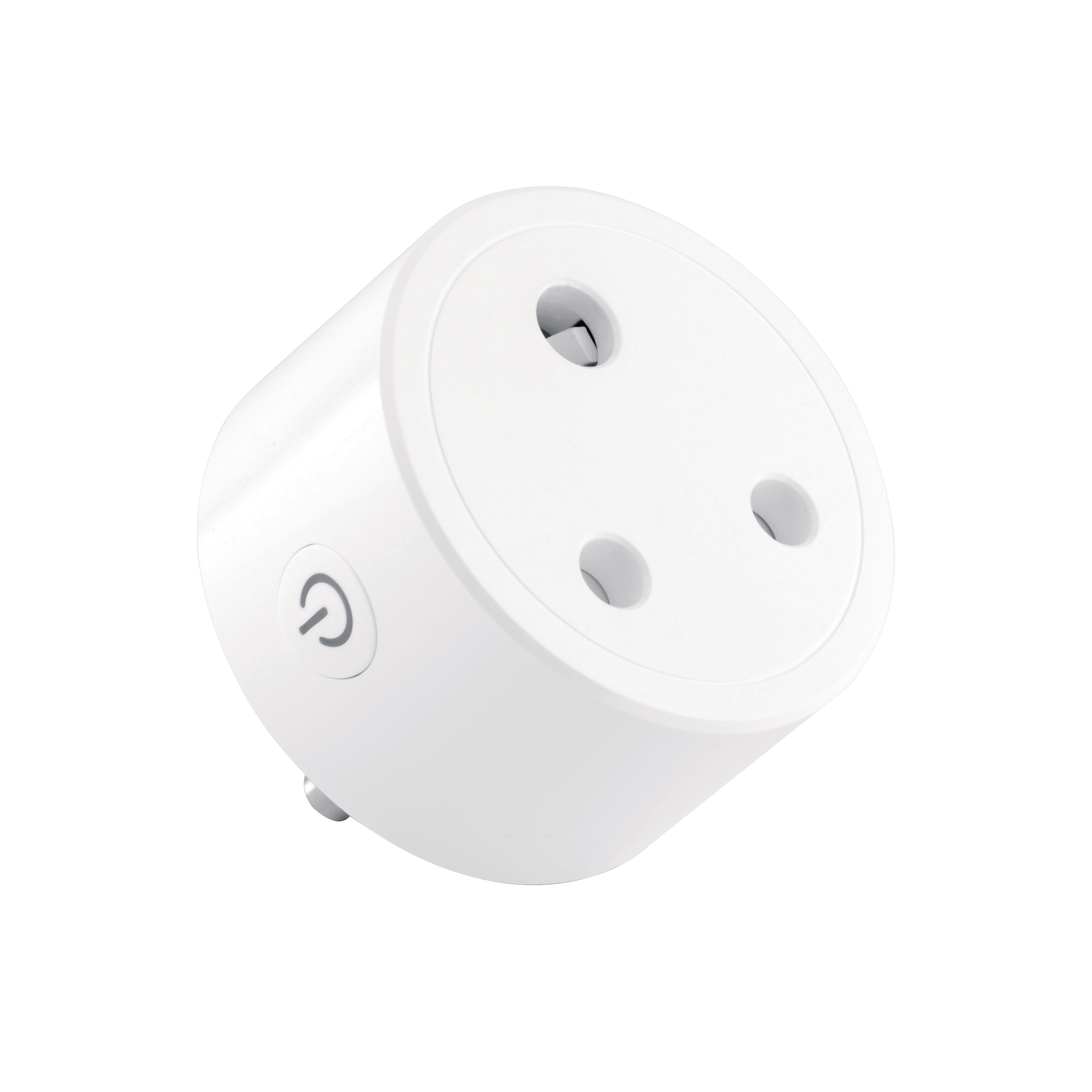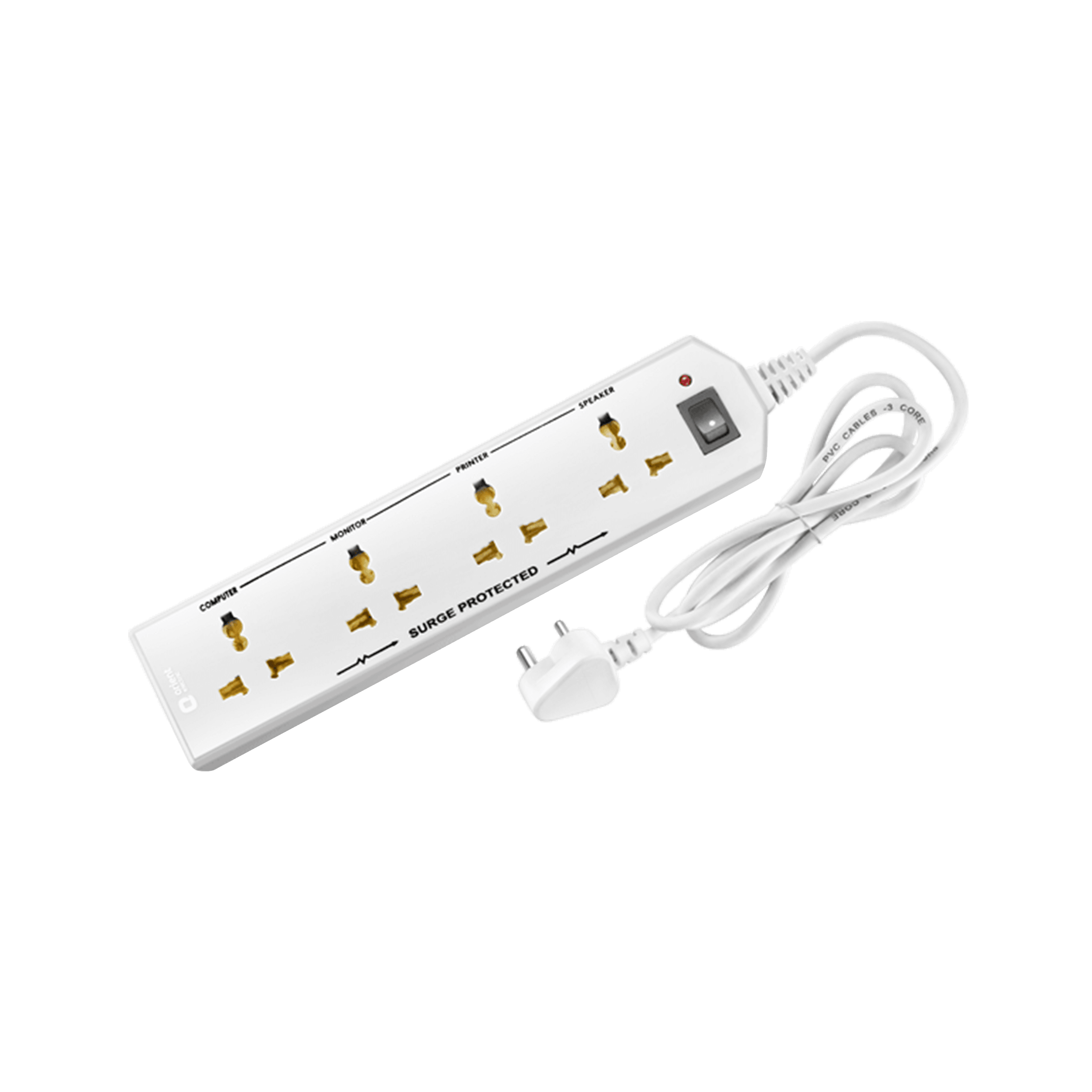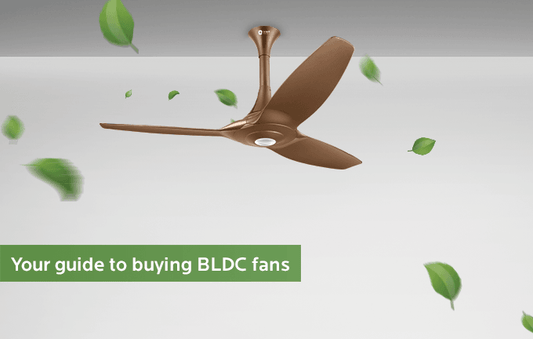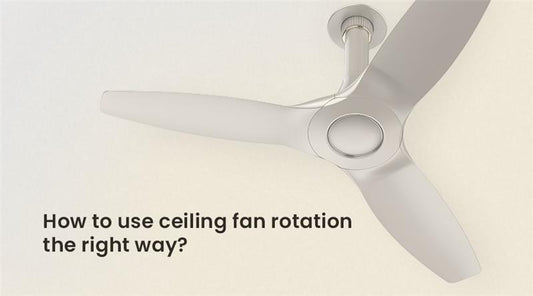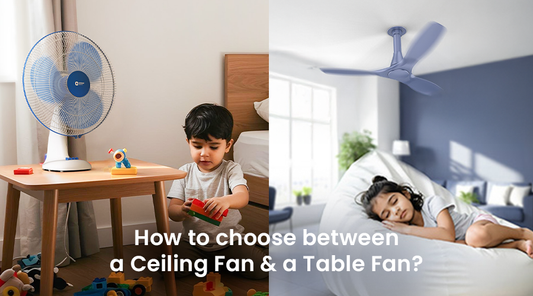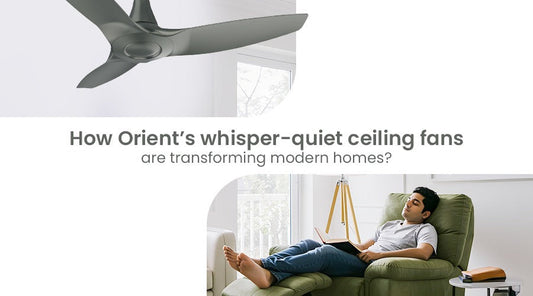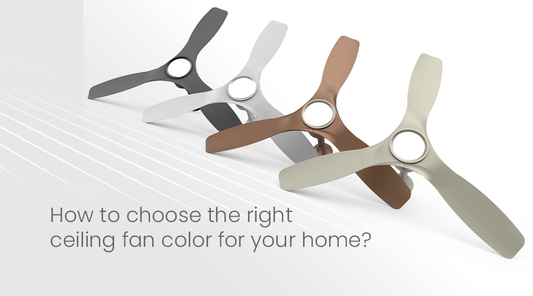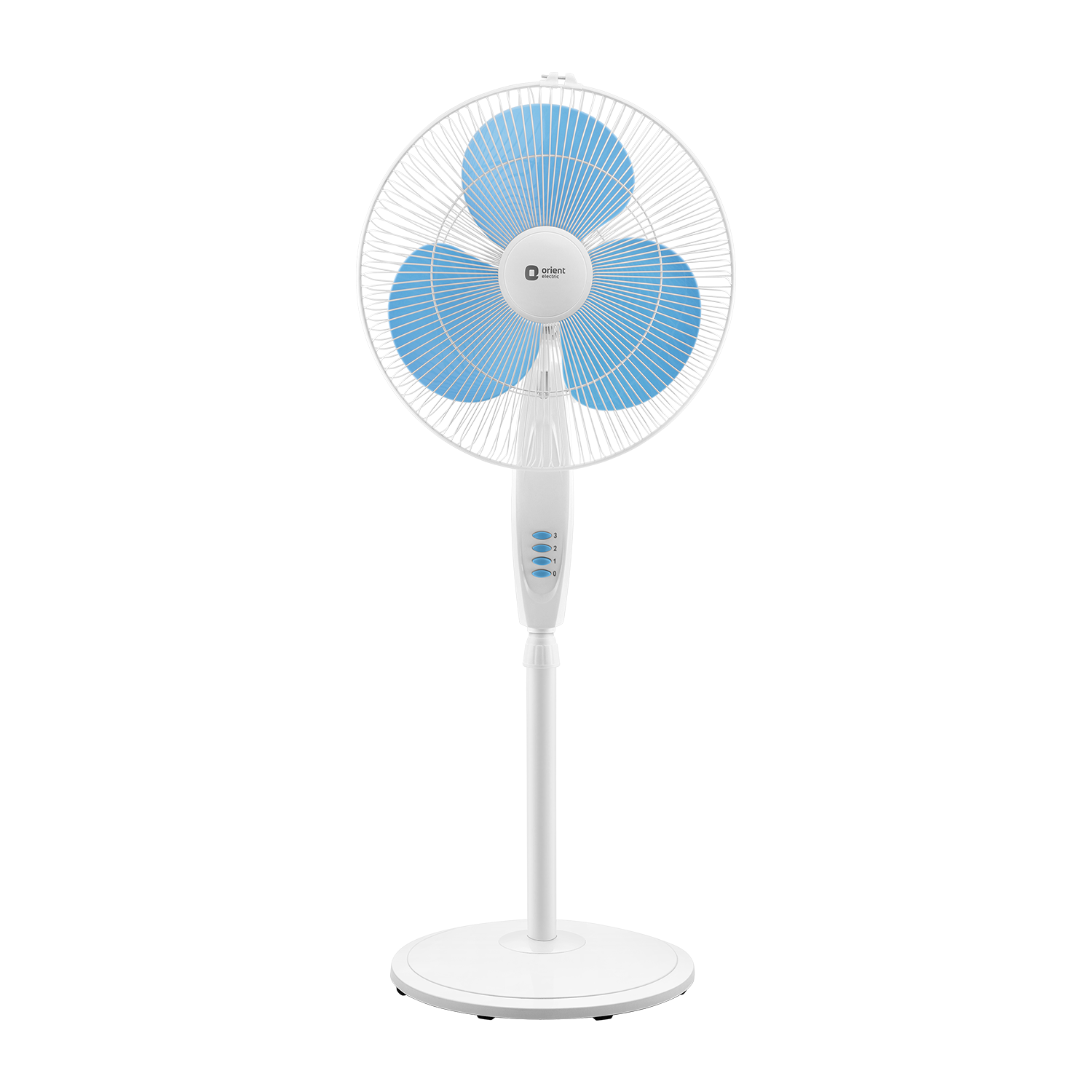
Tower Fan vs Pedestal Fan: Which One Is Right for You?

If you're looking to beat the heat without installing a ceiling fan or air conditioner, you've probably found yourself stuck between two popular choices: tower fan vs stand fan. Both are space-saving, plug-and-play cooling solutions — but they’re quite different when it comes to design, performance, power usage, and comfort.
So, how do you decide which fan fits your needs best?
Let’s break it down in simple terms.
What is a Pedestal Fan?
A pedestal fan or stand fan is exactly what it sounds like — a fan mounted on a height-adjustable stand (or pedestal). You can place it anywhere, point it in any direction, and move it room to room. It offers oscillating airflow, making it great for cooling larger spaces or multiple people at once.
Still wondering about “pedestal fan meaning”?
Think of it as a traditional fan, but more flexible and no ceiling installation required.
Where it shines:
● Spacious living rooms
● Outdoor gatherings or balconies
● Shared office areas
● Events or rental properties
What is a Tower Fan?
A tower fan is a sleek, vertical cooling appliance that blows air through narrow vents running from top to bottom. It’s more compact than a pedestal fan and blends better with modern interiors. Some also come with filters, remote controls, and ionizers.
People often compare “pedestal fan vs tower fan” — and here’s the real difference: tower fans are quieter and more directional, while pedestal fans offer stronger, wider airflow.
Where it shines:
● Bedrooms and study rooms
● Minimalistic modern interiors
● Tight spaces where floor footprint matters
● Noise-sensitive environments like libraries or nurseries
Tower Fan vs Pedestal Fan: Full Comparison
| Features | Tower Fan | Pedestal Fan |
|---|---|---|
| Design | Sleek, space-saving vertical build | Classic circular head on a stand |
| Airflow | Focused, steady stream | Wide oscillating airflow |
| Portability | Lightweight, easy to move | Also portable but bulkier |
| Noise Level | Quieter, suitable for bedrooms | Moderate noise, stronger motor |
| Power Consumption | Usually lower (40–60W avg.) | Slightly higher (50–80W avg.) |
| Room Suitability | Small to medium rooms | Medium to large rooms or open areas |
| Extra Features | May have remote, timer, ionizer | Often limited to speed & oscillation |
| Maintenance | Can be harder to clean inside vents | Easier access for blade cleaning |
Power Consumption: Which One Saves More Energy?
Both fans are fairly energy-efficient, especially when compared to ACs. However, tower fans generally consume less power due to their compact motor and focused airflow. They’re ideal if you plan to run the fan overnight in a bedroom.
Pedestal fans, while slightly more powerful, do consume more electricity — especially if they operate at high speeds for long durations. But they’re better at covering more area and cooling more people at once.
So, if you're watching your energy bills and need personal cooling, tower fan takes the edge. But for shared spaces or event setups, pedestal fans are still a go-to option.
Final Verdict: Tower Fan or Pedestal Fan?
Choosing between a pedestal fan vs tower fan really comes down to how you plan to use it:
● Want something modern, quiet, and space-saving? Go for a tower fan.
● Need strong, wide airflow and flexible placement? A pedestal fan is your best bet.
Still confused between a pedestal fan vs tower fan? A pedestal fan is more direct and localized — think of it as personal cooling for your desk or kitchen corner. A tower fan is more about subtle, sustained comfort in quiet zones.
Looking for a Reliable Pedestal Fan?
If you’ve decided on a pedestal fan, look for something that offers:
● Good air delivery (above 80 CMM)
● Adjustable height
● Oscillation
● Decent build quality for everyday use
Our Pick: 400MM Stand 32 Pedestal Fan
Orient Electric has a range of pedestal fans that tick all the right boxes — powerful, reliable, and perfect for everyday use at home or in the office.
